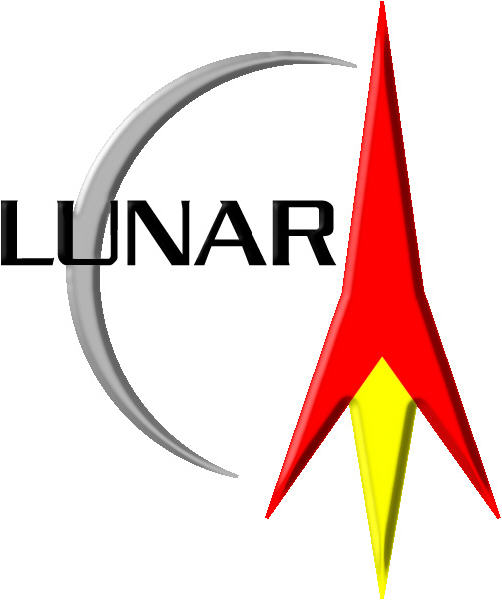 LUNAR’clips
2003
Volume 10, Number 3
LUNAR’clips
2003
Volume 10, Number 3
 LUNAR’clips
2003
Volume 10, Number 3
LUNAR’clips
2003
Volume 10, Number 3
Livermore Unit of the National Association of Rocketry May/June 2003
Copyright © 2003 by LUNAR, All rights reserved.
Possibly one of the most complex network management systems under construction is at NASA [ 1]. Data from satellites require a bandwidth equivalent to about fifty T1 lines. This is then multicast onto a Dual ring, Fibre Distributed Data Interface (FDDI) network backbone. There are expected to be about 500 users monitoring the data, alongside partners in Europe and Japan.
The numerous satellites are also monitoring various aspects of life on earth (& space), from coral decay to weather patterns. This is relayed to many scientists around the globe.
Another use of distributed monitoring is that performed during the launch and flight of a space shuttle. Various aspects of the machine and the humans on board are reviewed at mission control. A list of the aspects monitored and controlled can be found at [ 2] and [3].
The International Space Station (ISS) is the equivalent of a remote branch office to the planet. Data is packetized using the Consultative Committee for Space Data Systems (CCSDS) [ 4] protocols and transmitted via one of two TDRSS satellites to White Sands. It is then relayed to Houston where the Front End Processors (FEPs) decommutates the CCSDS packets and passes data across the LAN using TCP/IP. An IEEE paper produced by Qualtech Systems and Honeywell on an Intelligent Remote Monitoring System for the ISS can be found at [ 5].
To extend this analogy even further the Mars Rover programmes are pushing distributed monitoring to extreme limits.
Should you feel the urge to monitor audio and video space traffic yourself; a guide to frequencies can be found at [ 6]. Happy Space Surfing
[1]
http://www.washingtontechnology.com/news/13_20/tech_features/332-1.html
[2]
http://www.spaceref.com/shuttle/computer/spoc/
[3]
http://www.hoise.com/vmw/02/articles/vmw/LV-VM-04-02-9.html
[4]
http://www.ccsds.org/
[5]
http://www.teamqsi.com/doc/ieee_aeroconf_2003_iss_paper.pdf
[6]
http://www.grove-ent.com/nasa.html
All content is the responsibility of LUNAR.
If you have comments or suggestions regarding these web pages,
please contact the 
Copyright © 1992 - 2025 LUNAR